As the world continues to change rapidly, the systems of the world are also changing and adapting to the new trends that are heavy on the ease of doing things more effectively and so far in our world today, AI has come to stay and the energy sector is not left out of its adoption and engagement. Let us take a look into some AI projects that have been fully deployed in the energy sector of the world’s economy.
An understanding and a deeper look at AI and how it is changing the entire system of the world should lead us into the future and what the world should expect and look up to in the coming years. The artificial intelligence or so to say, AI acts in the information it receives and carries out its task effortlessly by mimicking human intelligence and consistently improving by adjusting to new inputs and other human performing tasks; and according to the World Economic Forum, AI is expected to create 97million jobs whilst replacing over 85million jobs by the year 2025.
This is not so far from becoming a reality as AI is fully servicing the automated transportation sector with companies like Uber, Google, Tesla investing heavy millions of dollars into research and development of self – driving cars and trucks. AI is also expected to gain full entrant in food delivery and food services with the AI waiter food serving and delivery robot and in environmental sector and systems, AI is also being developed into an automated wildfire fighting system which is able to detect and monitor any occurrence of wildfires as well as being able to trigger its sprinklers to protect homes against same.
The energy sector has not been left out in the transformation the world is current experiencing with AI and in the ease of doing things across the world. It is using AI to improve on an effective energy service delivery by reducing energy consumption, improving stability and storage. It is also used in energy data analysis and for oil exploitation and other oil and gas activities.
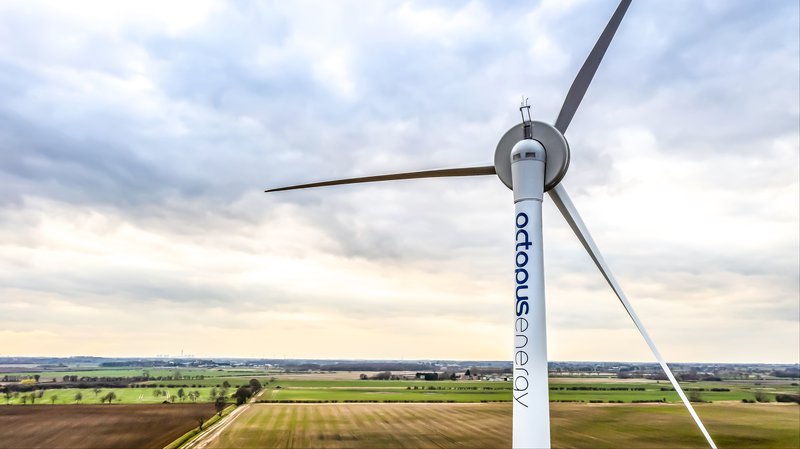
Being UK’s most awarded energy supplier, Octopus Energy is an energy tech company that makes use of AI in providing clear, clean and simple energy. It is powering 3 million+ UK homes and businesses and is building the sustainable energy system of tomorrow.
Operating over £4 billion worth of green energy generators across 7 countries, Octopus Energy Generation is dedicated to building green power for the future with other area of services to include – Octopus energy services for Installing affordable heat pumps, EV chargers, smart meters and more smart energy hardware to build the homes of the future.
Octopus Electric vehicles services makes owing an electric car the ease choice for everyone with their EV leasing deals, home charging and smart green tariffs.
There is also the Octopus centre for net zero – A research hub devoted to advancing the world’s de-carbonization and low carbon energy transition, and a cloud-based energy ‘robot’ called ‘kraken tech’ built from the ground up to look after their numerous customers and for unlocking an Internet of Energy to power the future of green energy.
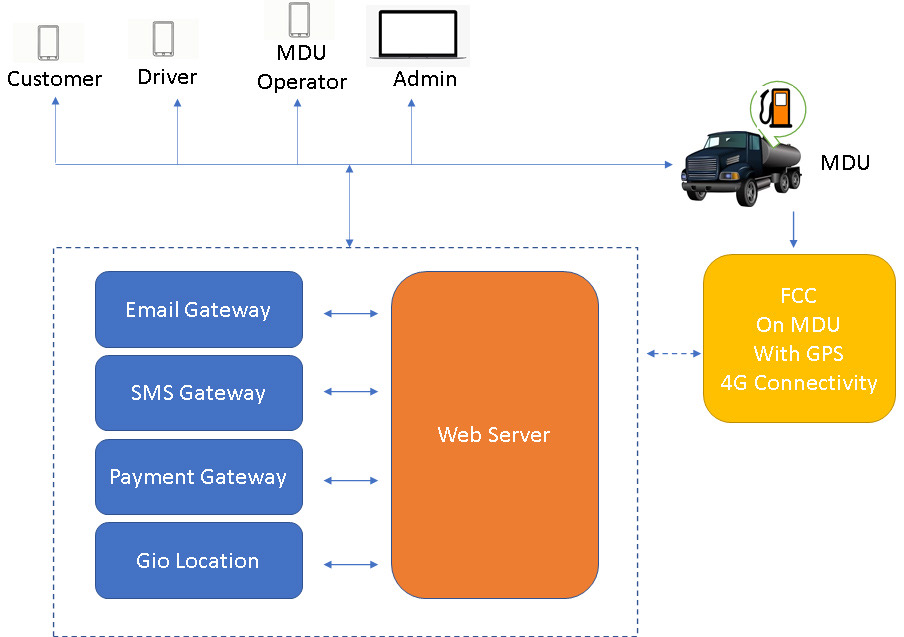
Source – Relcon website
Relcon has ideated, designed and developed a SmartFuel mobile dispensing automation system in which a customer can get the following services – Fuel at his door step, purchase diesel/petrol as much quantity as and when needed of which a minimum quantity can be fixed, decide a time slot for delivery, pay by any mode [UPI, Wallet, Cards]- presently prepaid mode, track MDU coming for fueling [immediately when driver starts to move for his order], get invoice of their transactions at any time.
The mobile dispensing unit also has a dashboard for ordering, tracking, admin and for analytics and the MDU customers can add multiple vehicles and locations and can cancel order before MDU comes to their location.
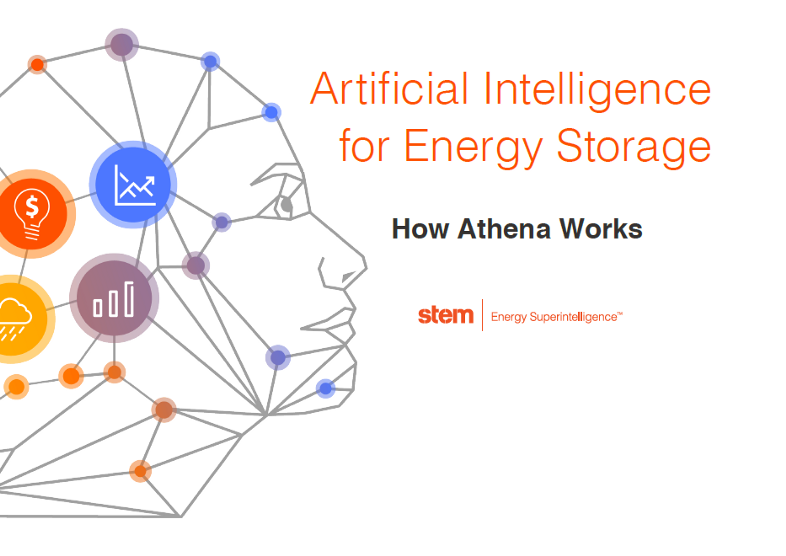
Source – Stem website
Athena is an energy software product that is built to seamlessly integrate and optimize energy resources. It sits in between distributed energy resources (DERs), the utility, and grid controls; makes it easy for energy asset performance maximization and investments.
Its machine learning algorithms generate forecasts about weather, solar generation, energy demand. It is able to analyze how energy assets can capture value and formulates a strategy for maximizing that value by implementing it through bidding assets into wholesale markets, charging and discharging batteries, injecting solar energy into the grid or storing it for a later use; and allowing EVs to charge anytime.
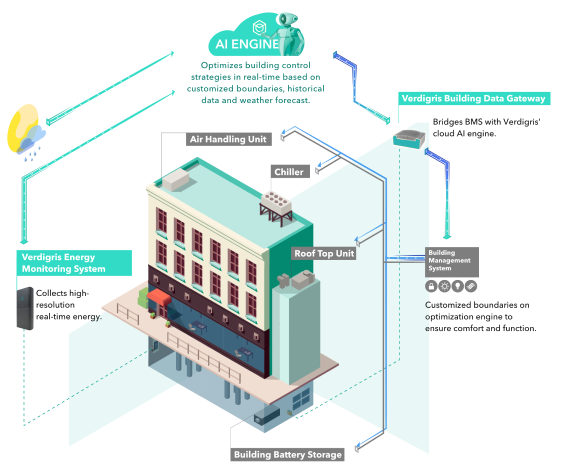
source: Verdigris website
The concept behind Verdigris is to give a real time and detailed energy insights and to control energy waste, to improve critical equipment uptime for attainable sustainability goals.
This energy AI solution by verdigris is built to improve energy efficiency and to make informed energy efficiency investment decisions. It measures and verifies the impact of energy efficiency investments, from lighting and HVAC upgrades to electrical infrastructures and installations, demand energy management, the loads to shed or shift and also adjustment to avoid peak demand charges thereby reducing energy spend.
The energy intelligence solution of verdigris help extend the life of equipment by preventing overheating or malfunction, high maintenance costs, and power failures.
- The SunShot Initiative
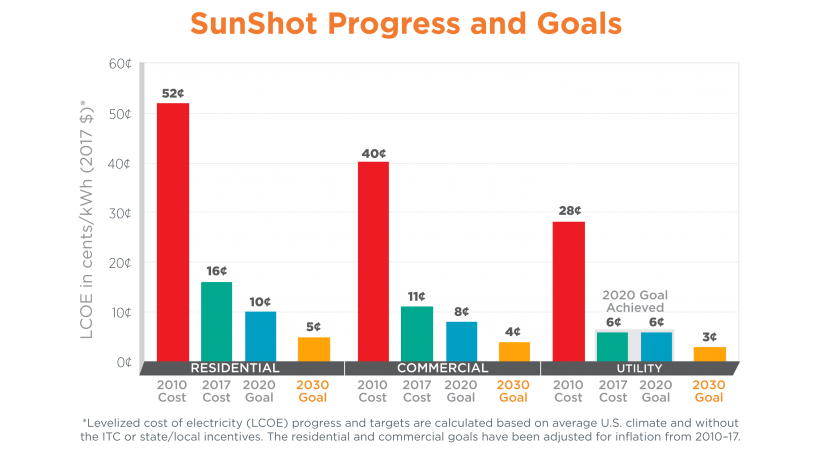
Source – US Energy Department
Sunshot is an initiative of the US department of energy, launched in February 2011 to reduce the total costs of solar energy by 75 percent thereby making it cost competitive at a large scale with other forms of energy without subsidies. This cost reduction seeks to correspond to utility-scale solar costing approximately $1 per watt or $0.06 per kilowatt-hour and in 2017, the US Energy Department announced that the SunShot Initiative successfully met the utility-scale solar cost target of $0.06 per kilowatt hour three years earlier than expected.
The Sunshot initiative solar forecasting program also launched in 2012 to spearhead a collaborative effort with IBM, the National Center for Atmospheric Research and the National Oceanic and Atmospheric Administration to develop real-world solutions to improve the accuracy, flexibility, and geospatial capabilities of solar forecasts.











Leave feedback about this